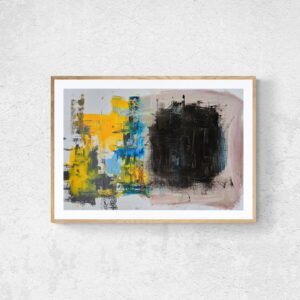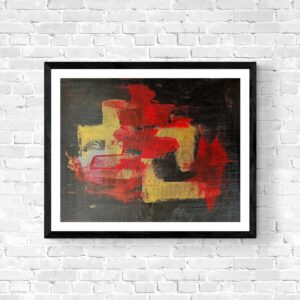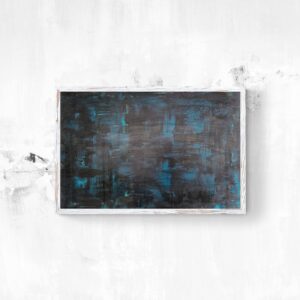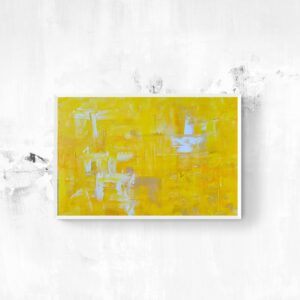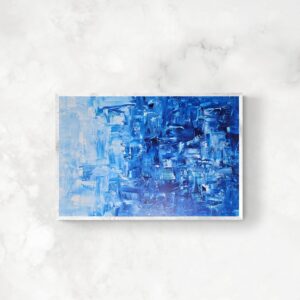

Are there more great artists or great art forgers? Statistics are hard to come by, but when an art forgery is uncovered, the likelihood is that one man or, more rarely, a woman, was producing multiple works by many different artists.
Forgery is not new. There have been copyists and schools teaching imitation since the time of the ancient Greeks. But in the 21st Century, as the art marketplace has become a veritable commodity exchange for wealthy collectors, a lucrative trade in facsimiles has reached new heights.
We know that a small number of the greatest art forgers have produced a very large number of fraudulent works. The Getty recently featured an exhibition about one such early 20th-century art fraud. Jean-François Millet’s grandson, born 17 years after his grandfather’s death, produced fake preparatory drawings of his grandfather’s work. He started in 1925 with an alleged study for Millet’s classic Man with a Hoe that had debuted at the Paris Salon of 1862. Soon, he and a partner named Paul Cazot were churning out Millet studies and selling them to unsuspecting Englishmen.
Nearer the present, there is the example of the once prestigious Knoedler & Co., founded in 1846 and for many years one of the most trusted galleries in the world, which collapsed under the weight of an enormous art fraud scandal. Over a period of about 15 years, the gallery sold over 40 paintings represented as works by Robert Motherwell, Jackson Pollock, Mark Rothko, and others. The works may all have been painted by one man, Pei-Shen Qian, in Woodhaven, Queens. Qian unconvincingly claimed he didn’t know his works were being passed off as those of famous artists. He was indicted but fled to China.
There are many ways to detect an art forgery. The first, of course, is examining the provenance, the ownership history, of the artwork. A visual analysis by experts who can look at brush strokes and styles may lead to an answer. Was the painter, for example, left or right-handed? Next, scientific testing of the paint pigments and carbon dating of the paints and canvases may give clues to a work’s authenticity or lack thereof. More recently, people are using AI’s ability to absorb vast amounts of data to analyze artwork, looking for subtle patterns.

But there is another method that could detect the hand of a forgery with much more certainty.
Scientists working with the nonprofit Leonardo da Vinci DNA Project, for which I provide legal advice as an intellectual property attorney, have been collaborating for a decade on developing methods to do non-invasive testing of the works of Leonardo and other artists to assemble a “biome profile” that would identify the artist. The biome is the residue of current or formerly living organisms that can be found on almost any object in the world and imbue it with a distinctive biological signature.
On a work of art, the biome might include biological residues of people who held the artwork or even were in the same room with it, as well as markers of animals, insects, bacteria, and other once-living objects in the vicinity of the artwork at any time during its existence. The biome might also contain strings of the DNA of the artist.
Living artists and their relatives can volunteer DNA samples. To capture the DNA of an artist from the past, you need to examine multiple examples of his or her work and perhaps other physical objects until you are confident you have a match. There will be some works on which no credible DNA markers appear; it’s possible, for example, that the works passed through too many hands, were exposed to the elements over too long a time, or were cleaned too thoroughly. Particularly with artworks that are hundreds of years old, the ability of scientists to isolate markers may be too compromised or too limited to enable them to come to a satisfying conclusion.
But this process can also work in reverse. A database of the biomes of known forgers would be a powerful tool in the world of art authentication.
There is little doubt that a relatively small number of people, probably working in confined or even hidden locations, have turned out hundreds, if not thousands of Impressionists, modernists, expressionists and even Romantic and Medieval works for a marketplace that is hungry for new works (not to mention, autographs, sports memorabilia and collectibles of all sorts). If an art investigator had the DNA of Millet’s grandson or the Knoedler’s Pei-Shen Qian, its presence on a work would lead to almost certain de-authentication.

Demand for great art has greatly outstripped supply. To paraphrase Will Rogers’ remark about land, art is a great investment because Leonardo, Van Gogh, Rothko, and Mondrian aren’t making any more of it now. Any newly discovered painting by these and other artists can sell for mega amounts, even if there is wide skepticism about its authenticity (e.g., the Salvator Mundi).
At the same time that art transactions and their values are increasing, many of the credible entities responsible for authentication, such as the Andy Warhol Foundation and the Basquiat Estate, have been forced to abandon the practice because of the risk and cost of litigation. Into this marketplace vortex, a well-produced forgery can quickly escape detection and appear on the walls of the finest museums or wealthy collectors, or disappear for generations into Swiss vaults.
Once the DNA of an artist is reliably obtained, it can be be deposited in the genome banks available to the public such as GenBank, WikiTree, mitoYDNA.org, MitoVariome and the many others that are used by genetic genealogists. If a DNA researcher intends to publish a paper, they need to make public the materials analyzed. As scientists publish their findings, the general consumer DNA databases will also have access to this information. Someday, soon, it may be possible for anyone who deposits their DNA in AncestryDNA or 23andMe to know if Rembrandt is a distant ancestor.
But as great artist biome information becomes available, there is a risk. If the DNA is available, it could be synthesized, allowing a forger with access to DNA replication to spray a few drops on his work and voila! The work would then pass the authenticator’s DNA test. (DNA archivists could reduce this risk by introducing a false bit of code, or withholding a portion of it, from the public database.)
By contrast, by assembling the biome profile of identified, prolific forgers, a database to aid authentication could be maintained. If the forger’s biome were detected on a work, the authenticity of that work would be, at the very least, highly suspect.

Collecting the DNA of the great forgers would be a far easier task than identifying the DNA of the world’s great artists. Their chef d’oeuvres are readily available for examination. Some of these forgers are still alive, some have even written books and have been featured in recent movies. Lee Israel wrote her account of forging the letters of prominent New Yorker writers in her 2008 memoir, Can You Ever Forgive Me? Orson Welles documented the lives of two of the most notorious forgers, Clifford Irving and Elmyr de Hory, in his 1977 film, F for Fake. Pei-Shen Qian is in China, but his artworks have been identified and could easily be tested.
Take the example of Mark Landis, the 70-year-old American artist who claims to have been one of the most prolific art forgers in US history. His unusual m.o. was to create works by artists ranging from Picasso to Walt Disney and then, posing as a philanthropist, to donate these works to museums. He boasts that at least 46 museums in 20 states (according to the 2014 documentary Art and Craft) have displayed his faux d’oeuvres. Landis lives in Laurel, Mississippi. If he were willing, he could easily provide an authenticator access to his DNA.
In time, widely available, simple DNA testing kits will become available, which will add immeasurably to the security of art identification and deter deception. Imagine finding just a drop of a forger’s DNA on the latest sensational art discovery.
Editor’s Note, 7/17/2025, 5:52pm EDT: We regret mistaking a real Jean-François Millet drawing for a forged one in a previous version of this article. The error has been corrected.

